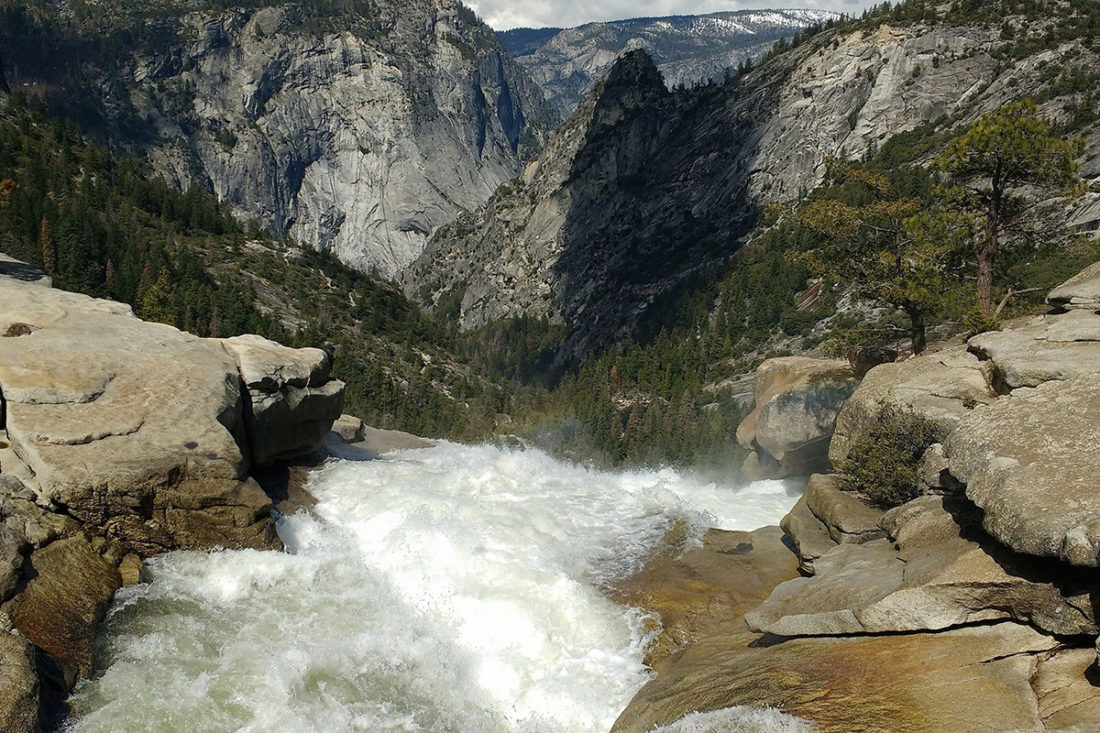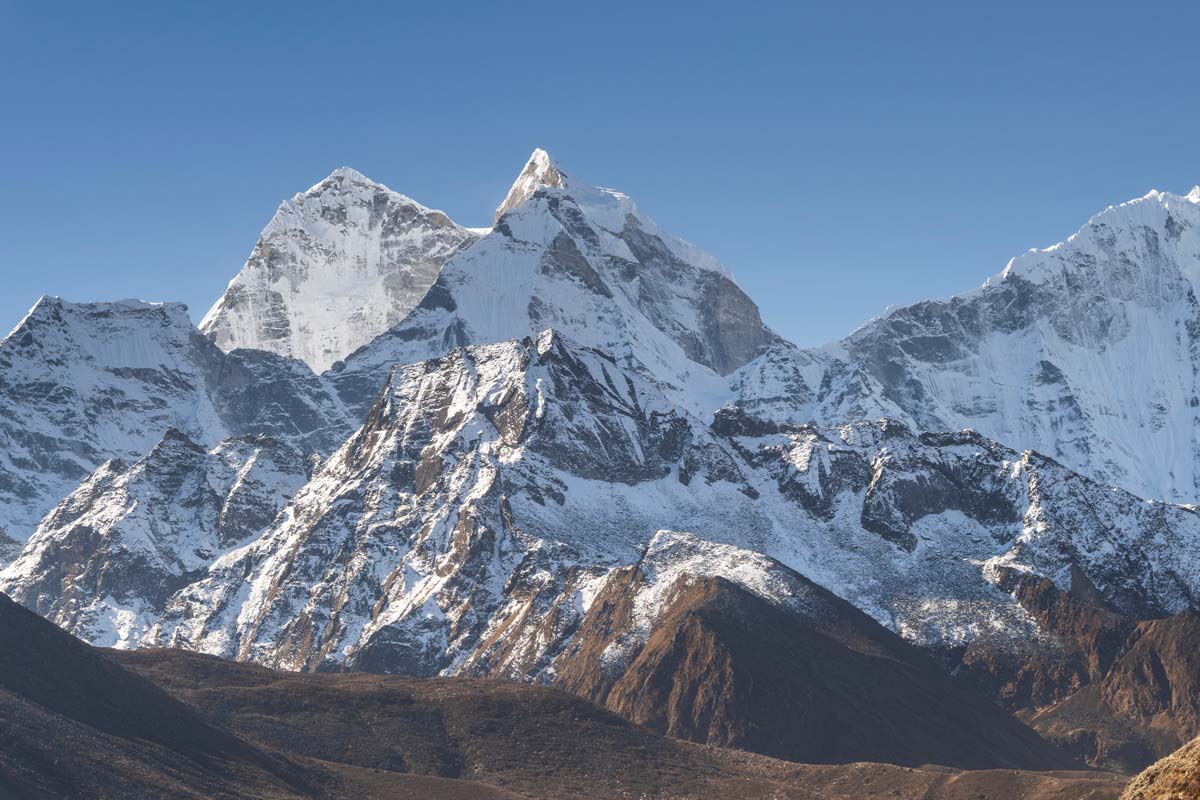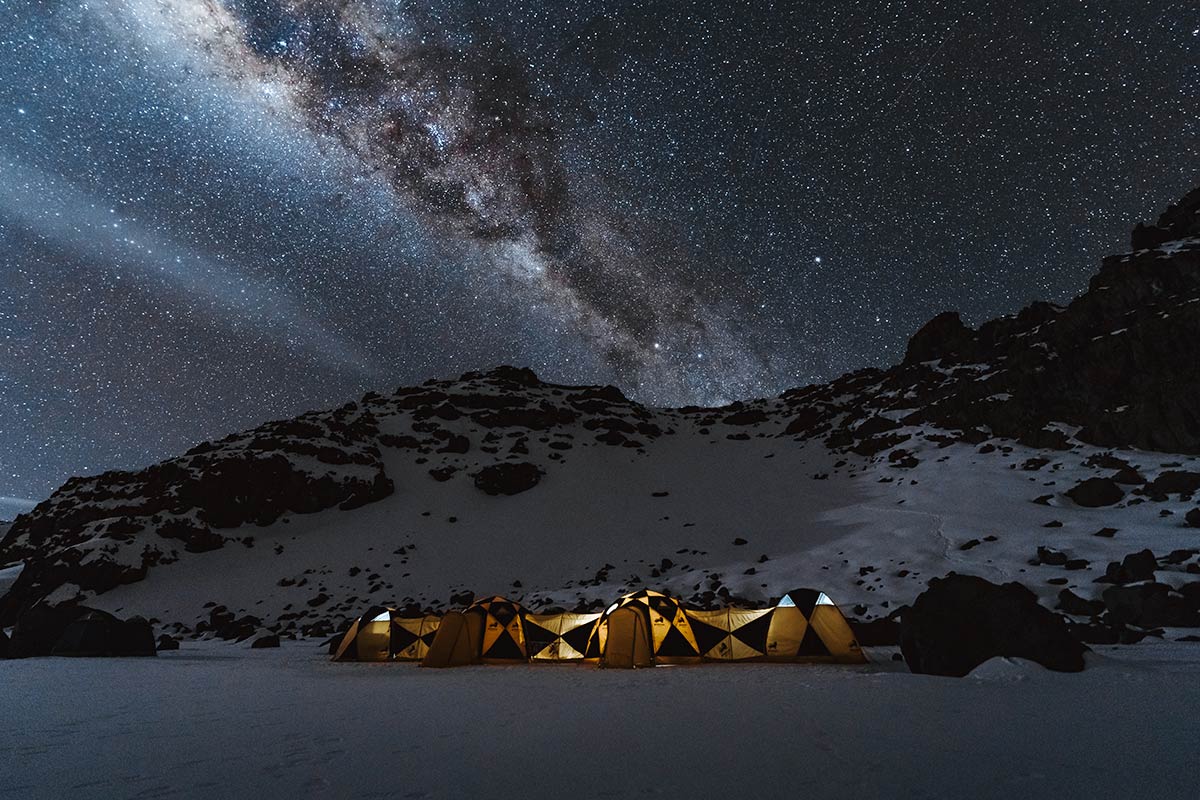Travellers’ diarrhoea is arguably the most common and important health problem affecting travellers. The syndrome occurs in 20-70% of travellers to less developed regions, resulting in significant impairment of the victim’s activities, with nearly 40% forced to change their itinerary. Although contaminated food may be a more important risk factor for traveller’s diarrhoea than water, the availability of safe water and knowledge of how to obtain it is a must for mountaineers worldwide. Access to a sufficient supply of safe drinking water is necessary in order to avoid dehydration and minimize other altitude-related risks, and to improve performance. In most cases the responsibility for obtaining and purifying water will be the mountaineer’s responsibility, because safe community based water resources are not available.
This UIAA MedCom recommendation, intended for doctors, interested non-medical persons and trekking or expedition operators, summarizes advantages and disadvantages of the several procedures with special regard to the situation in the mountains or at high altitude. The recommendation will advise mountaineers on how to prepare safe water while minimizing the environmental damage.
The paper is available in English, Czech, French, Dutch, German, Italian, Japanese, Polish and Spanish.
The paper introduces the main principles to avoid water-borne diseases:
- Maintaining good standards of hygiene when handling any kind of water, beverage, food, or human waste is the “Gold Standard” approach!
- Do not substitute containers designed for water, beverage, or food for any other material! Severe poisoning has been reported, e.g. when fuel was carried in beverage bottles.
- Keep any equipment, which may be in contact with food, water or beverage, clean! Wash your hands before handling water, beverage or food!
- Human waste needs to be buried at least 30m from any water source to avoid further contamination of surface water.
- Focus on minimizing the amount of safe (treated) water needed concentrating on what is absolutely essential.
- Determine which procedures can be done using untreated water (e.g. cleaning equipment, cleaning hands from heavy dirt etc.)?
- Nevertheless, preparation of 4 – 5 litres of safe drinking water per person per day should be expected.
- If several procedures of water disinfection are available, always use the safest option!
- Having good quality raw water to disinfect improves the safety of procedures and preserves the equipment. Rainwater sampling may be an option to get good raw water.
- “Improvisation methods” should be used only if regular methods cannot be performed for any reason. These methods do not provide safe water, but they reduce the concentration of germs significantly and therefore they statistically reduce the risk of waterborne diseases.
- Preconditions essential for the disinfecting of water:
- Only trained persons should act and decide which procedure of those available should be used. Severe problems (group infections) were reported after water disinfection by incompetent persons!
- A demonstration to all the group members should be performed by those in charge of water disinfection. This should be followed the group’s supervised participation in water disinfection procedures before water disinfection at one’s own risk is performed.
Explore Further
The paper then introduces a number of subjects including regular methods for water disinfection (boiling, chemical disinfection, filtration); improvisation of water disinfection (sand, charcoal, optimized sand-charcoal filter, textile filters); insufficient methods (potassium permanganate, hydrogen peroxide); conservation of safe water and special recommendations for commercial mountaineering or guide groups).
Further Reading
This article is the latest in our Series exploring the UIAA MedCom’s extensive and essential archive of high-altitude recommendations.
Already published:
#1 Nutritional considerations in mountaineering
#2 Children at Altitude
#3 Mountain activities for people with pre-existing cardiovascular conditions
#4 Avoiding the perils of Kilimanjaro



